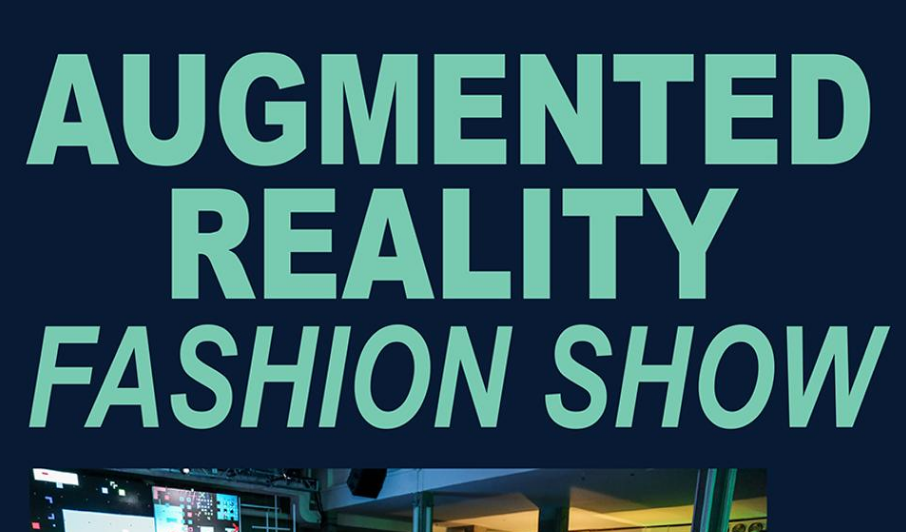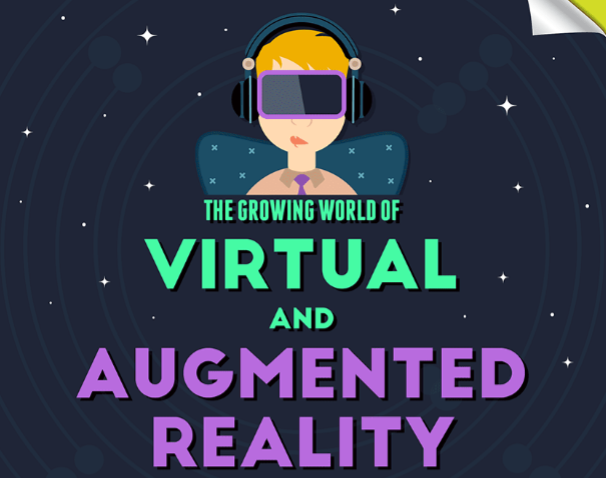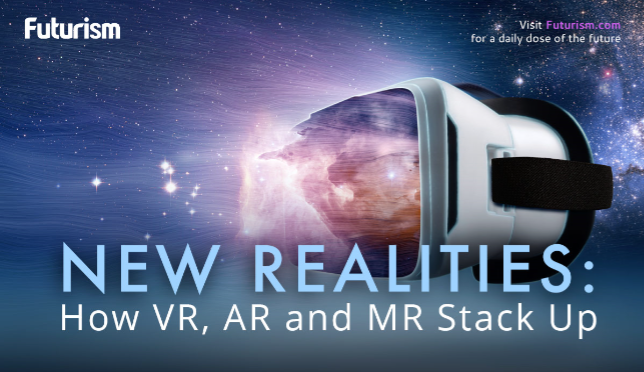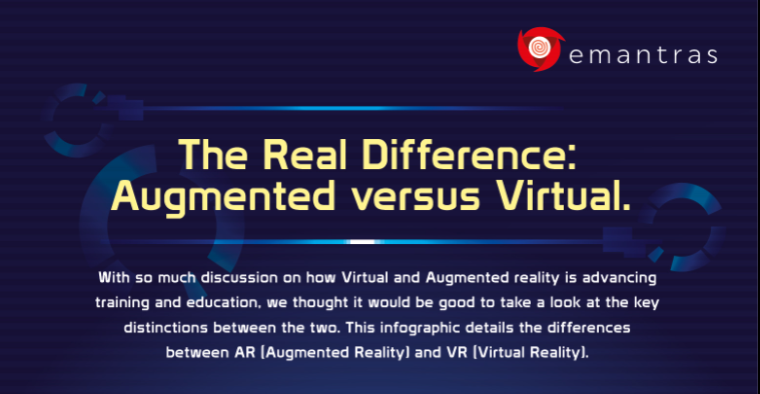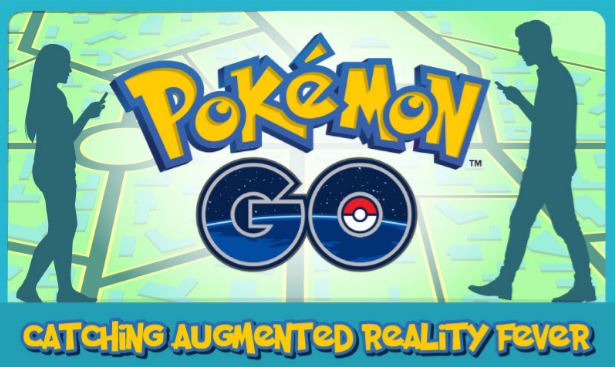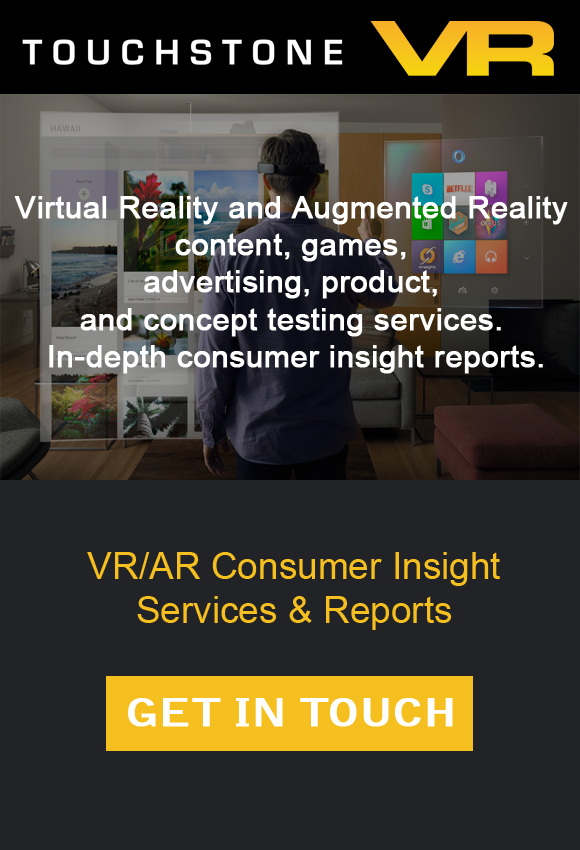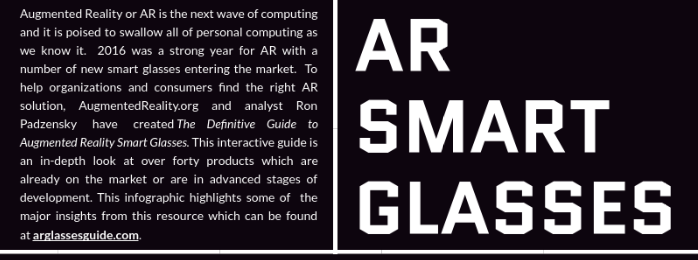
Augmented Reality is the integration of digital information with the user’s environment in real time. Unlike virtual reality, which creates a totally artificial environment, AR uses the existing environment and overlays new information on top of it. Google Glass is a well-known example of Augmented Reality smart glasses – aside from these, there are currently 42 AR smart glasses on…
